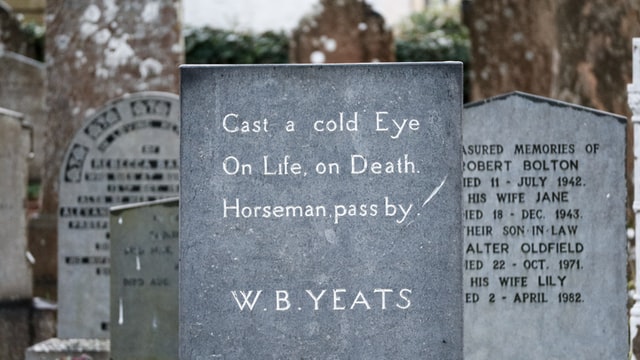How to Write a Great Obituary

For Manhasset, NY funeral homes, an obituary is more than just a notice of a person’s death. It’s an opportunity to give the world insight into that person’s life and perhaps even spark new connections or friendships.
An obituary doesn’t have to be dry and clinical— it can be much more personal and moving. But making it so requires research and writing in a way that’s engaging for the readers.
The best obituaries have these things in common:
- They are concise but detailed.
- They capture the subject’s essence with anecdotes or quotes from friends or family.
- They explain what impact the subject had on their community.
- They are well-written with no grammatical errors.
Read on for tips on achieving all this when writing an obituary.
Do your research
When writing an obituary, it’s essential to do some research about the subject’s life and accomplishments. The quality of details you include in the obituary will depend on how much time and research you have to put into it.
The best place to start is by talking to family members, friends, and colleagues. Talk to as many people as possible and take notes on what they say. Ask them to tell you stories about the deceased person’s life and what they remember most about them.
Include key dates and facts
One of the first things you’ll want to do is record notable dates in the person’s life. You’ll want to include the date of their birth and death, marriage history, and family life.
Other facts worth adding are career milestones, hobbies and interests, and charity work. These details will help readers understand who the individual was and what they did in their life.
Tell their story
Now that you have the facts and dates, you’ll want to tell the story of the person’s life. This is where you can use all the information you’ve collected to create a narrative that tells the reader who the person was, what they did, and what they were like.
The story can begin at any phase of their life. You can start in their childhood, then move on to their education, family, and career. Or go with a non-linear sequence.
Include momentous events, like marriages or trips around the world.
When you finish, the reader should have a well-defined portrait of who the deceased was and what they meant to their survivors.
Provide a list of survivors
End the obituary with a list of survivors or people close to the subject. This can include spouses, children, and other family members. It can also include friends who are mourning their death. You can even include pets if the subject had any. Cremation, an alternative to the traditional casket burial, refers only to how you choose to care for the deceased’s physical remains.
Make it brief but informative
 The best obituaries are brief but informative. They capture the subject’s personality while also being thorough, and they don’t bore readers with unnecessary details.
The best obituaries are brief but informative. They capture the subject’s personality while also being thorough, and they don’t bore readers with unnecessary details.
If there are stories that don’t pertain to the subject’s life, cut them out or keep them to a minimum. You’ll want to keep the obituary as short as possible while still telling the story of the subject’s life, listing the important facts and dates, and the surviving family. You can also take them somewhere locally for an ash scattering or to the cremation services.
Check the Obituary’s Accuracy
Finally, you’ll want to make sure your obituary is accurate. Once you’ve finished writing it, you’ll want to ask other people to read it to ensure the facts are all correct.
You may also want to check the facts against public records, like records from the person’s birth or death. Once everything is correct, you can send the obituary to the newspaper for publishing.
Need a funeral home in Manhasset, NY, to handle the obituary and other end-of-life arrangements instead? Call us. We are available 24/7 to help you through these difficult times.
